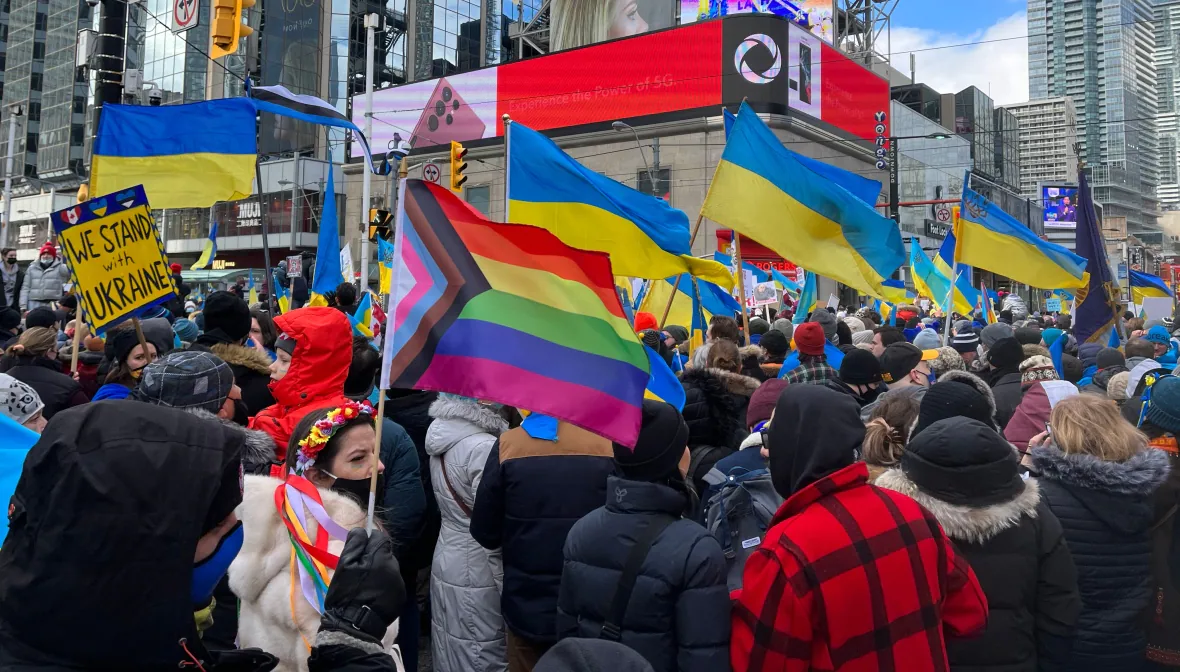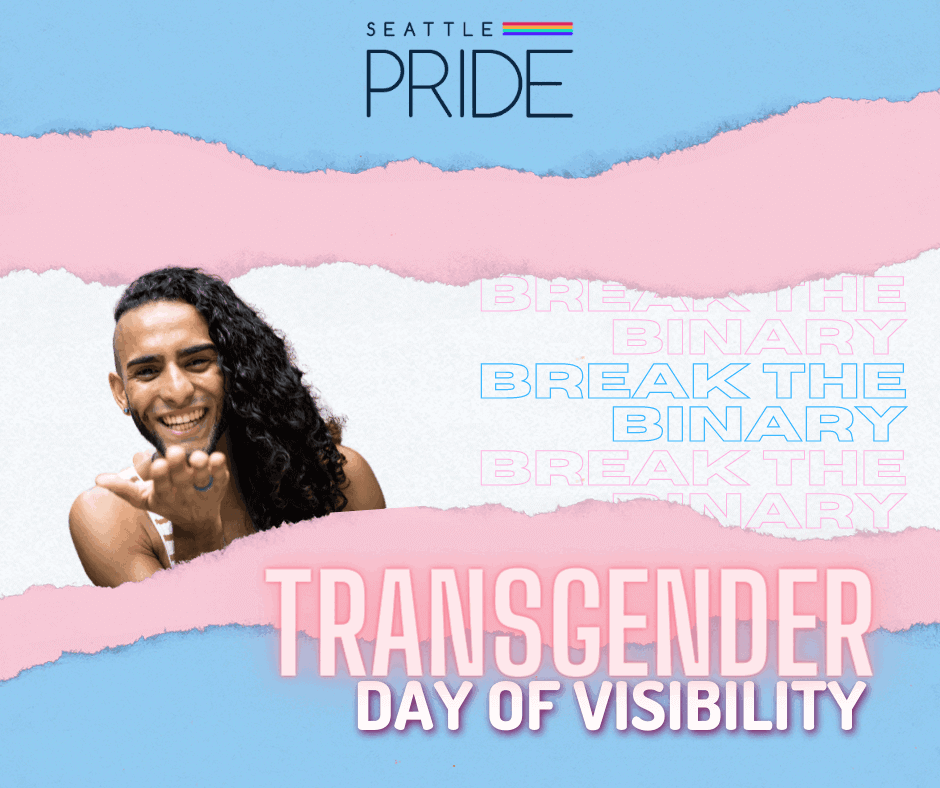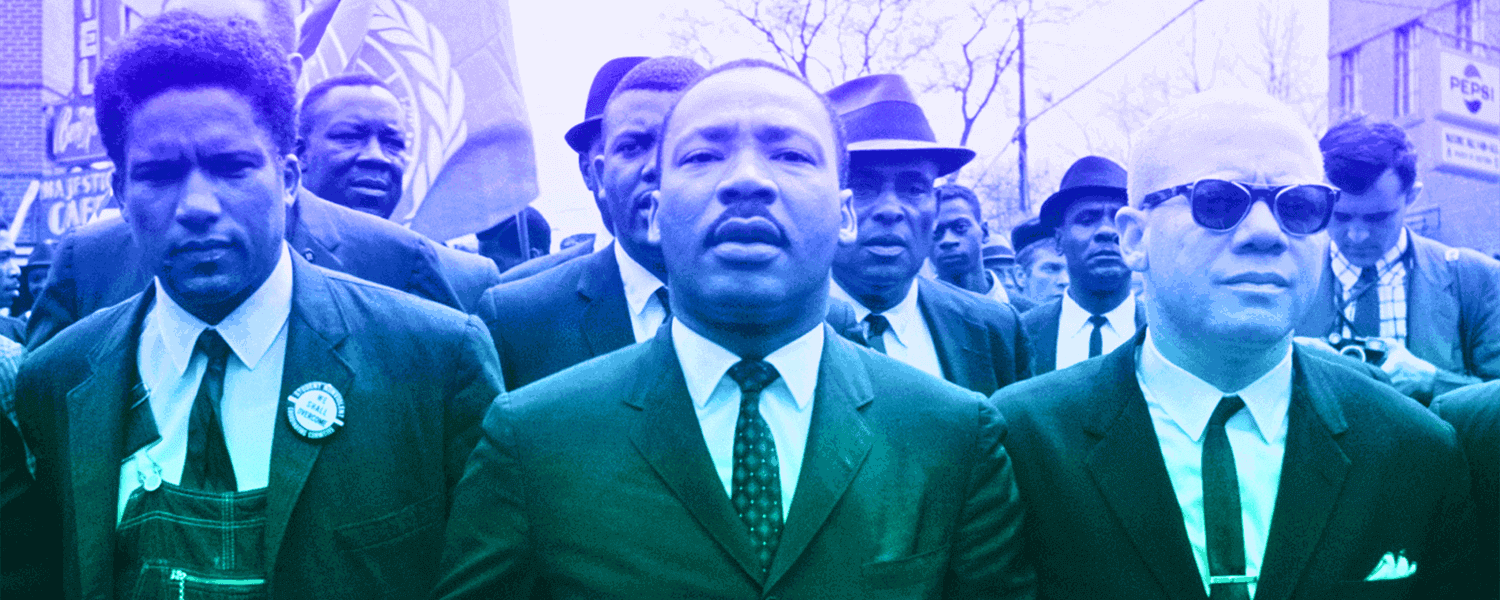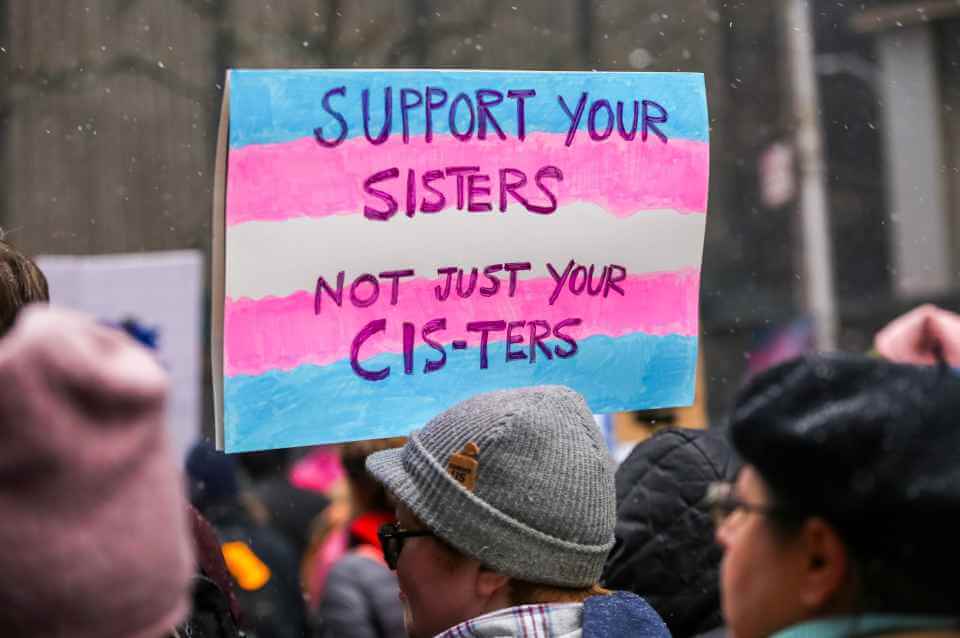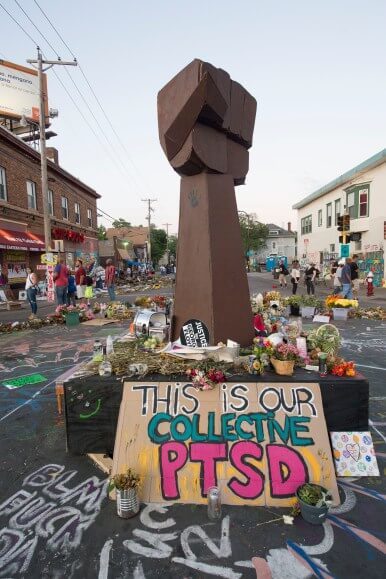
Spotlight No 4: Vaginal Davis
Mar 17, 2021 | Seattle Pride
Avant-garde performance artist, musician, and filmmaker Vaginal “Creme” Davis has paved the way for decades of queer and punk artists since she stepped onto the Los Angeles scene in in the 1970s. Naming herself after activist Angela Davis, she was initially ignored by the queer and punk scenes, considered “too gay for the punks and too punk for the gays.” She eventually became a major figure to the queercore (AKA homo-core) movement of the 1970s and 80s, a queer-focused subculture of punk, and developed notoriety from her zines and short films. She also influenced the Riot Grrrl movement, a feminist punk music scene typified by an unpolished sound, political lyrics, and discourse through the publication of zines.
She is best known for her film The White to be Angry, released in 1999, which challenges white supremacist culture’s influence across the entire political spectrum. Labeled as a producer of ‘terrorist drag’, her art is notable for embracing the otherness of queerness, as opposed to concealing or pitying her identity.
Davis was born to a family of Black Creole, Jewish, and Mexican heritage. She has not publicly shared her birth year or birth name. Born intersex at the time doctors typically assigned such infants a sex of “male” or “female” through surgical intervention, her mother refused to let doctors operate and affirmed her female identity.
Davis got her start in L.A.’s predominately white punk scene in the art-punk band called the Afro Sisters. In her surreal art installations, Davis worked on the periphery of the arts scene for years. On these early years, Davis recalls:
“I couldn’t perform in many gay clubs because I wasn’t doing a spin on a popular Black singing diva like Donna Summer or Diana Ross...the only people who got the outsiderness of it were the people who went to punk rock clubs. I started opening for a lot of punk rock bands in the late 1970s and early 1980s. I didn’t fit in with those scenes either, but I fit in better there than I did with the gay scenes… In the late 1970s the gays and lesbians in the punk scene mobilized their own movement”.
In these spaces, Davis founded a number of concept bands and music projects, including Pedro, Muriel
& Esther (PME) and Cholita! The Female Menudo. In these projects, she portrayed widely diverse characters, which included a Black revolutionary drag queen, a teenage Chicana pop star, and a white supremacist militiaman in musical performances. Her performances underscored the uncomfortable links between these characters, existing within the same creative universe despite the racism that divides them,and often referencing each other in her works.
In the 1980s and early '90s, Davis showcased emerging themes of punk culture, queerness, sexuality, and
politics in the groundbreaking self-published zine Fertile La Toyah Jackson, gaining a cult worldwide following. This later transcended onto film as a comedic pastiche of 60 Minutes, in which she explored the intersections of sex work and queer identity. It is within these projects that she distinguishes her work from mainstream LGBTQIA+ projects. By producing gritty, unpolished, and provocative work, Davis
offers a decidedly anti-assimilationist stance, casting aside goals of fitting into more exclusionary venues, such as art galleries and Hollywood films.
Her most infamous work, The White to Be Angry, was released in 1999 and was described as “a visual album of channel-surfing vignettes of appropriated television clips and footage shot in Los Angeles”. Superficially a campy satire, the piece deconstructs whiteness and an invasive culture of white supremacy. In it, vignettes document a skinhead who is both attracted to and violent toward the people his hate speech–spewing peers seek to demonize.
While it's tone is darkly comedic, The White to Be Angry was inspired by personal tragedy. At the first
queer zine convention, held in Chicgao in 1990, one of the main organizers, Steve LaFreniere, was attacked by white supremacists during the closing night party and festivities. Davis recalls, “This was 30 years ago and I still remember the intensity of that night. After a wonderful convention with everyone in such a good mood the horror of Steve getting shanked and almost dying still overwhelms me...You must be vigilant at all times. The stabbing was definitely floating about in my mind when I started working on The White to be Angry.”
Fast-forwarding to 2021, Davis’s commentary on the overlapping experiences and identities of her peers - such as Black feminism, sexual orientation, the distinction between sex and gender, and the dangerous intersection that lie in between - have aged incredibly well. Her continuing work is hailed in academia, the commercial art world, queer scenes, and punk scenes. Thank you, Vaginal Davis, for speaking truth to power in a way that makes us stop and stare!



